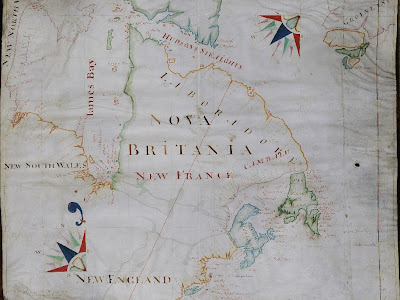Past Master Trevor Eldrid died after a lengthy illness on 7 January. Trevor was admitted to the Company by patrimony in 1938, he was the last surviving member of Court who joined the Company before the Second World War. Master in 1976/1977, the Silver Jubilee Year of HM Queen Elizabeth, he hosted her visit to the Hall that year.
Born in Cricklewood on 7 September 1916. It was a momentous time when the First World War was reaching its peak of destruction. A month in which the Somme offensive was grimly being pressed on by Field Marshal Haig and the Battle of Verdun was reaching its climax with a French counter-attack imminent.
He was educated at Haberdasher Aske's School then located nearby - it did not move to Elstree until 1961. He then went on to spend his professional life at the Prudential. During the war he served in Egypt and ended up countering Axis propaganda by broadcasting to the British forces.
After the war and back at the Pru he met Pam. She was a New Zealander working in London. Their first meeting was at the Prudential's Amateur Dramatic Society which seems to have been a major focus of Prudential social activity at the time.
The Eldrids have been members of the Company since 1818 and Trevor was the fifth generation. The first four generations are all recorded on Boyd's List of Drapers as saddlers' ironmongers. Trevor broke away from that calling by going to work in the City, doubtless because the world of the saddlers' ironmonger was declining rapidly because of the motor vehicle.
He was elected to the Court as Junior Warden in 1967 and was finally Renter Warden in 1982. He also played a leading part in the Drapers' relationship with the City and Guilds of London Art School and was a governor of Howell's School, Denbigh in the days when the Drapers were still trustees. He gave much of his free time to the Company and was a great supporter of a wide range of our activities.
He is survived by Pam and his daughter, Freeman Josephine Eldrid, by his first wife Nathalie (nee Walker - she is the aunt of Master Warden Tony Walker - and formerly the Duchess of St Albans).
The funeral was held on 25 January at Walton on Thames. It was attended by a good number of friends as well as Past Masters Bob Borradaile, John Stitt, Master Warden Tony Walker and Assistant Robert Strick.
We plan to hold a memorial service at St Michael's Cornhilll on 20 April to commemorate Trevor's work for and contribution to the Company.
Born in Cricklewood on 7 September 1916. It was a momentous time when the First World War was reaching its peak of destruction. A month in which the Somme offensive was grimly being pressed on by Field Marshal Haig and the Battle of Verdun was reaching its climax with a French counter-attack imminent.
He was educated at Haberdasher Aske's School then located nearby - it did not move to Elstree until 1961. He then went on to spend his professional life at the Prudential. During the war he served in Egypt and ended up countering Axis propaganda by broadcasting to the British forces.
After the war and back at the Pru he met Pam. She was a New Zealander working in London. Their first meeting was at the Prudential's Amateur Dramatic Society which seems to have been a major focus of Prudential social activity at the time.
The Eldrids have been members of the Company since 1818 and Trevor was the fifth generation. The first four generations are all recorded on Boyd's List of Drapers as saddlers' ironmongers. Trevor broke away from that calling by going to work in the City, doubtless because the world of the saddlers' ironmonger was declining rapidly because of the motor vehicle.
He was elected to the Court as Junior Warden in 1967 and was finally Renter Warden in 1982. He also played a leading part in the Drapers' relationship with the City and Guilds of London Art School and was a governor of Howell's School, Denbigh in the days when the Drapers were still trustees. He gave much of his free time to the Company and was a great supporter of a wide range of our activities.
He is survived by Pam and his daughter, Freeman Josephine Eldrid, by his first wife Nathalie (nee Walker - she is the aunt of Master Warden Tony Walker - and formerly the Duchess of St Albans).
The funeral was held on 25 January at Walton on Thames. It was attended by a good number of friends as well as Past Masters Bob Borradaile, John Stitt, Master Warden Tony Walker and Assistant Robert Strick.
We plan to hold a memorial service at St Michael's Cornhilll on 20 April to commemorate Trevor's work for and contribution to the Company.

































